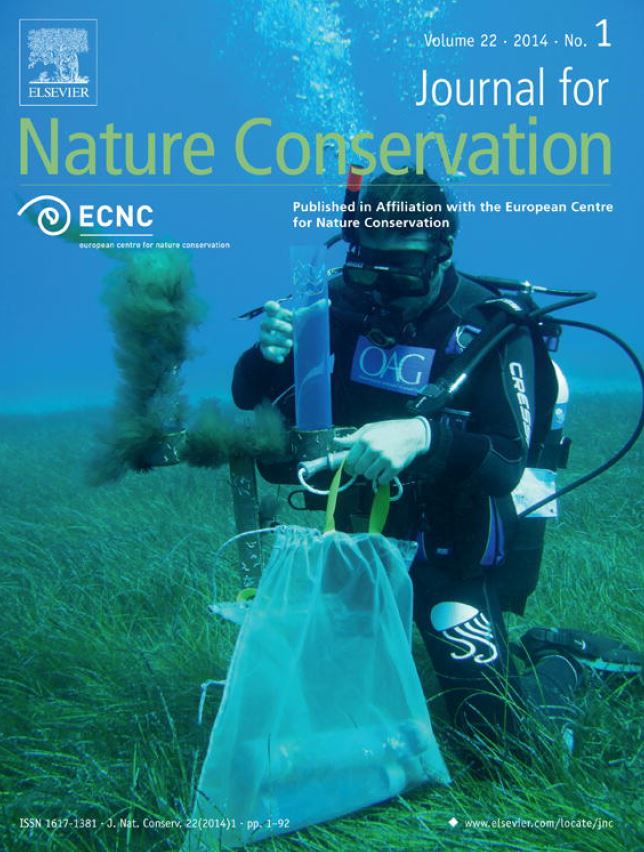
Erasing a European biodiversity hot-spot: Open woodlands, veteran trees and mature forests succumb to forestry intensification, logging, and succession in a UNESCO Biosphere Reserve
Abstract: Open woodlands are among the biologically richest habitats of the temperate zone. Although open woodlands were much more common in the past and covered large areas of Europe, their original cover and magnitude of their loss remain mostly unknown. Here, we quantify the loss of open woodlands and assess the potential for their restoration in an internationally protected biodiversity hot-spot, floodplain woodlands of lower Thaya and March rivers of Dolní Morava UNESCO Biosphere Reserve in Czech Republic. Aerial photographs from years 1938 and 2009 were used to analyse changes in forest canopy closure across an area of 146 km2 and separately for 270 ha of nature reserves found in the area. Forestry maps and aerial photographs were used to analyse changes in forest age structure. Between 1938 and 2009, expansion of closed-canopy forest reduced open woodlands cover from 41% to 5.7% of total wooded area, or 68.5% to 14.1% in the state reserves respectively. Logging has led to a decrease in mature forest cover from 45% to 26% between 1990 and 2009. State reserves prevented logging, but not open woodlands loss. The magnitude of open woodlands loss parallels that of tropical habitats, but has gone unabated by nature conservation. Opportunities to restore open woodlands and conserve associated biodiversity
in the internationally protected (e.g. UNESCO, Natura 2000), mostly state-owned, woodlands are being compromised by rapid logging. Our results also point to the low efficiency of international conservation measures in post-communist members of European Union.
Keywords: Forest management, Land use/land cover change, Lower Morava UNESCO Biosphere Reserve, Pasture woodlands, Natura 2000
Citace: Miklín, J., Čížek, L. (2014): Erasing a European biodiversity hot-spot: Open woodlands, veteran trees and mature forests succumb to forestry intensification, logging, and succession in a UNESCO Biosphere Reserve. Journal for Nature Conservation, vol. 22, Issue 1, p. 35-41. DOI: 10.1016/j.jnc.2013.08.002
What do you think?
You must be logged in to post a comment.